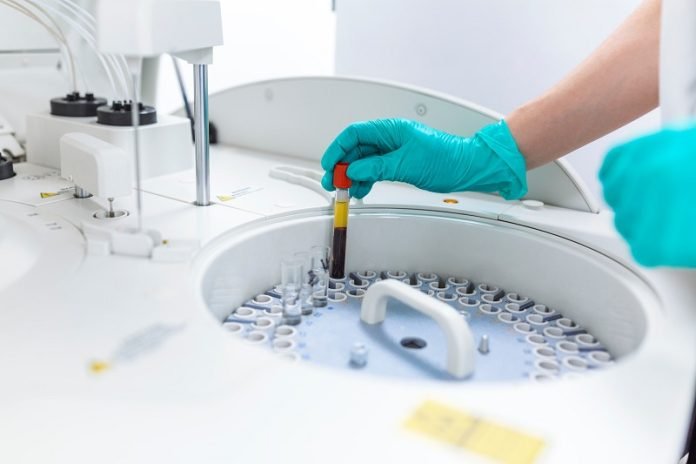
Scientists from Dana-Farber Cancer Institute, Brigham and Women’s Hospital, and Medical University of Lodz have made a breakthrough.
They found a new way to spot if someone could be more likely to get certain types of cancer, like breast or ovarian cancer.
The surprising thing is that they don’t look at genes, but instead, they look at blood!
The Usual Way to Check for Cancer Risk
Usually, doctors look at two specific genes—BRCA1 and BRCA2—to see if a person might get these types of cancer.
Some changes in these genes can make a person more likely to get these cancers. But testing for these gene changes isn’t easy or cheap, and it’s not available everywhere.
For example, in the US, only about 10% of the people who might have these gene changes actually know it.
In India, testing for these genes isn’t available at all. So, the scientists were hoping to find a simpler and cheaper way to check for cancer risk.
Looking for Signs in the Blood
The scientists found a new way to spot cancer risk by looking for certain molecules in the blood called microRNAs. These tiny molecules can act as messengers in our body.
The scientists found that a specific set of these microRNAs appears in the blood when the DNA repair process (the process that keeps our DNA healthy) isn’t working well.
If this process isn’t working, it can increase the risk of cancer.
Testing Their Idea
The scientists wanted to see if their idea worked, so they studied blood samples from 653 people.
About half of these people were known to have changes in the BRCA1 or BRCA2 genes, and the other half didn’t.
The scientists used a machine learning tool (a type of computer program) to spot the set of microRNAs that signaled a higher cancer risk.
And it worked! The tool was able to correctly spot the gene changes in 94% of cases. This success shows that their idea could really work to spot cancer risk.
What’s Next?
This discovery is just the first step. Scientists are now looking at how to turn this into a real test that doctors could use.
They think that they could use a type of test called a PCR test (the same kind used for COVID-19 testing) to look for these microRNAs.
This would be a lot cheaper and easier than the current way of testing for BRCA1 and BRCA2 gene changes.
Also, the scientists think this test could be even better at spotting cancer risk because it looks at the actual problem—the broken DNA repair process—instead of just looking for specific gene changes.
There are many genes and mutations that could cause problems in this process, and scientists are still discovering new ones. So a test that looks at the whole process, not just specific genes, could be much more useful.
This exciting discovery could lead to a simpler and cheaper test to check if someone is at risk of getting certain types of cancer.
This could help many more people know their risks and take steps to stay healthy.
Scientists are now doing more studies to see if this test can also be used to spot early-stage ovarian cancer. So, there’s a lot more to come from this exciting discovery!
If you care about cancer, please read studies that a low-carb diet could increase overall cancer risk, and vitamin D supplements strongly reduce cancer death.
For more information about health please see recent studies about how COVID-19 affects the colon, and results showing lifestyle habit changes may reduce colon cancer risk.
The study was published in Nature Communications.
Copyright © 2023 Knowridge Science Report. All rights reserved.




